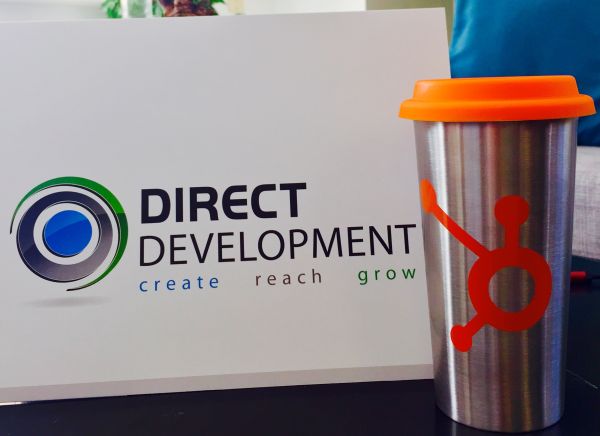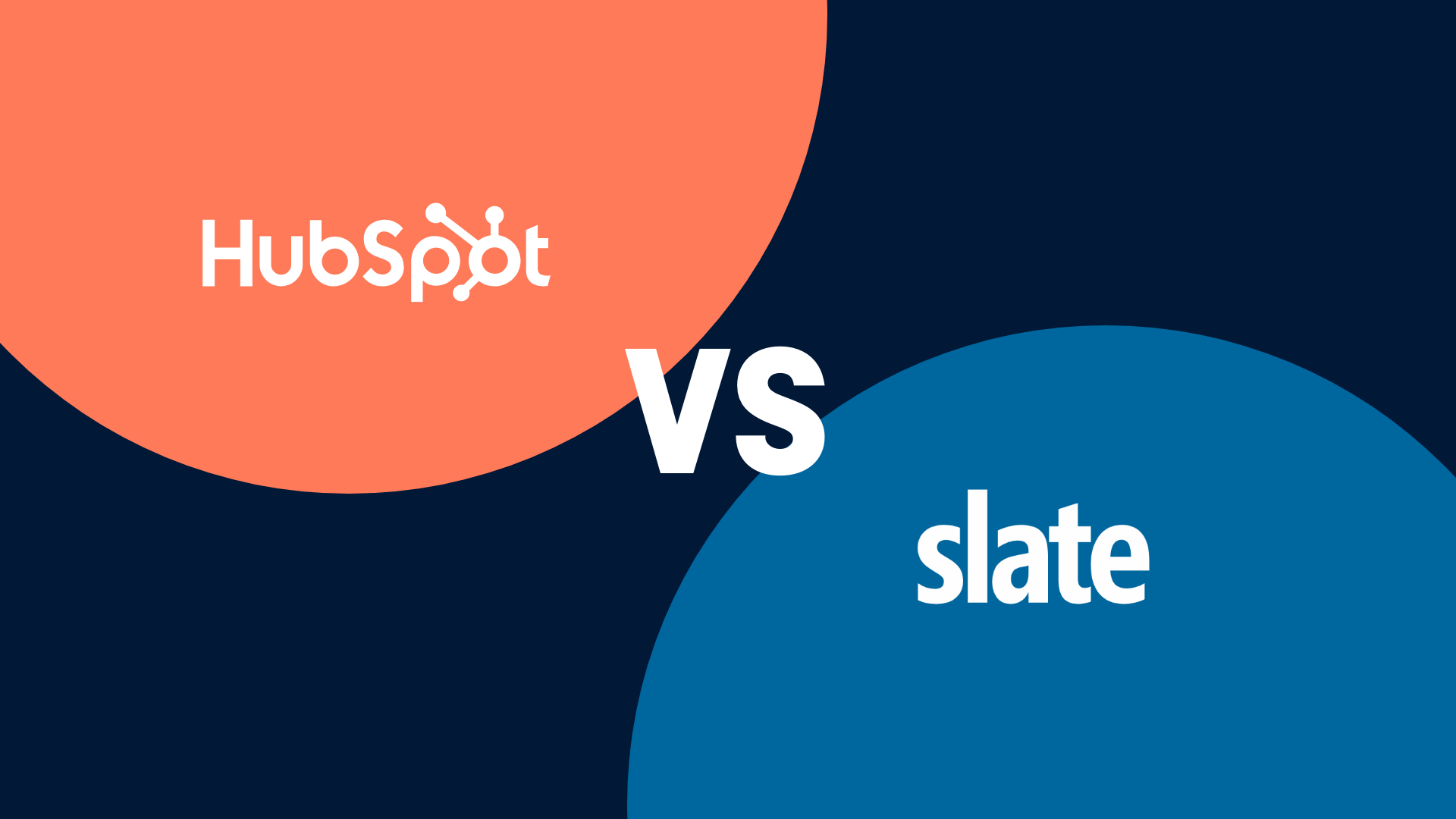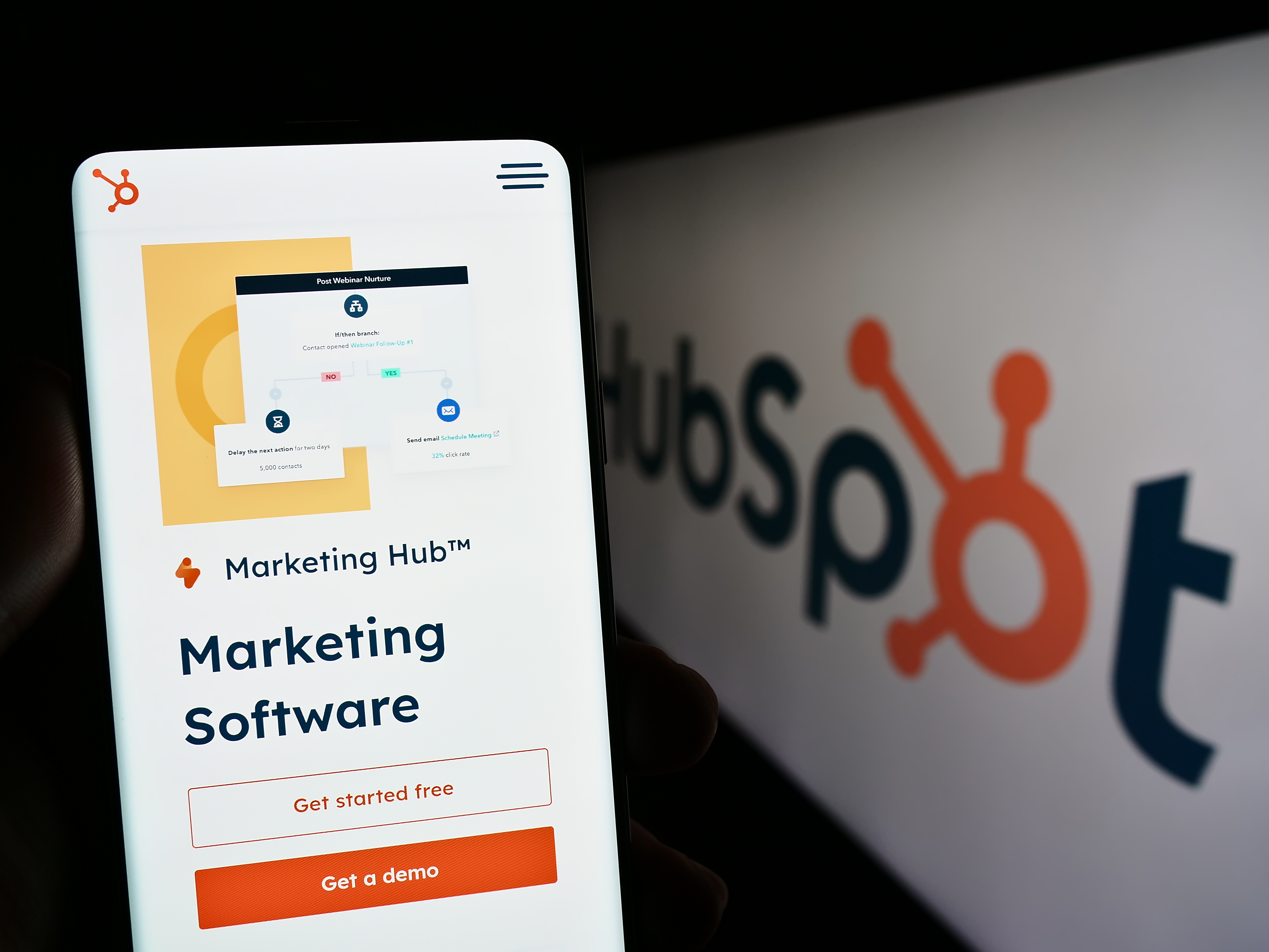The Real Reason Why We Partnered With HubSpot and Went “Inbound”

July 29, 2015

I think the most challenging pressure for higher education professionals today lies in getting people — primarily those responsible for enrollment management — to explore new ideas and be open to real change.
It’s hard to change an institution that is used to recruiting students the same way each academic year. Change is always hard, because change requires vulnerability. Change requires risk.
Our team at Direct Development has had the opportunity to experience dramatic change in the last 2 years — change that I believe gave us a taste of what it is like for our clients when they attempt to onboard new enrollment marketing strategies.
I think one of the hardest things for a business is when you know that what’s best for your clients — what will help them get the results they truly want using strategies that actually work — will require a major shift for you and your company.
It’s hard to decide to do something so risky, something that revolutionizes the very way in which you’ve operated a business for 30+ years, for the sake of your clients.
In many ways it is easier to continue to convince clients that they just need to increase their marketing budget so they can rent more prospect lists, send more emails, place more online ads, or mail more viewbooks. Frankly, many higher ed marketing agencies out there preach that schools just need to spend more money and cast a wider net, and then they’ll get the click-through rates and information session RSVPs they so long for.
It’s harder to be different. It’s harder to adapt new marketing strategies in an ever-adaptive world.
It’s harder to admit that while direct marketing strategies in higher education marketing do still work, they need to be augmented with content strategies — with inbound strategies.
It’s hard, as an agency, to make such a revolutionary shift in your business approach and your marketing strategy when you don’t necessarily have to to continue paying the bills.
But often, doing the hard thing is what’s most necessary. And you need real reasons in order to make the hard decisions. That’s exactly what we had to do in order to make the shift in our own marketing strategy — and it’s the same thing our clients have been doing in recent years!
The reason we partnered with HubSpot and jumped onboard the inbound marketing bandwagon is not because we’ve run out of ways to execute direct marketing campaigns successfully. And it’s not because we don’t have a zillion-and-one ideas on how to better optimize traditional marketing campaigns and increase response rates by 2-3x.
No, the real reason we changed our strategies is because we believe that inbound marketing is the best answer to the radical ways in which technology has changed the higher education marketing world.
We partnered with HubSpot because we believe that inbound marketing is one of the most viable solutions to the “crisis of empty seats” that is affecting institutions both large and small.
We partnered with HubSpot because we believe that inbound is the long term marketing strategy that encapsulates the unspoken and often unrealized desire of enrollment marketers — to have one engine, one strategy that drives all prospective student communications.
The final decision to partner with HubSpot — as opposed to another inbound marketing platform — wasn’t merely because of what the HubSpot platform already was and is, but because of what HubSpot aspires to be.
Direct Development and HubSpot have a mutual dream: to transform our clients into thought leaders whose influence propagates exponential growth.
I believe that the moment we stop innovating, stop creating, and stop exploring is the moment we fail. And because of this, I hope Direct Development is never the best — or that at least we are never aware that we’re the best. Not because I don’t value greatness, but because I think once an agency — or an individual, for that matter — becomes “the best,” they slow down, they relax, and they become comfortable with mediocrity.
There’s less on the line, less pressure to strive for excellence, and as a result, less opportunity to take a risk on an idea that seems ridiculous at the time, but winds up blowing your client’s mind and making them look brilliant. I never want to stop pursuing excellence in strategizing, creating, and promoting content for my clients, and I’ve discovered over the past couple of years that HubSpot and Direct Development share this view.
Sometimes we cripple ourselves with tradition and ancient processes, but if we want to succeed, if we want our programs to grow in quality and quantity, if we want to cultivate a culture of innovation in our admissions offices, then sometimes we must embrace risk and pursue change — no matter how uncomfortable it might make us feel.
Inbound marketing is growing fast in the higher education market. As this trend continues to develop among higher education institutions, it’s better to be an early adopter than to play catch-up later.
Request an Inbound Marketing Consultation today!
.jpg) EBOOK
EBOOK
See how schools are using HubSpot for their enrollment marketing
Service Categories: Inbound Marketing, HubSpot Optimization, HubSpot Onboarding & Support








.png)